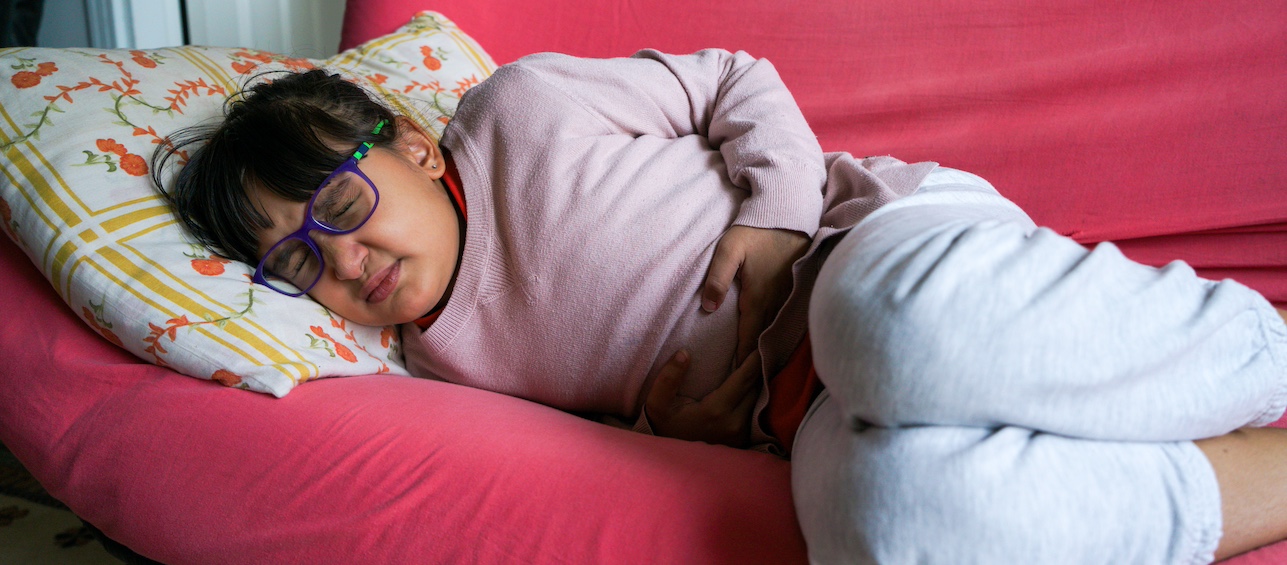The best way to disrupt the spread of influenza is immunization for everyone — even the healthiest people — beginning at 6 months of age. That’s what the Centers for Disease Control and Prevention recommends. And more and more studies are proving the benefits, including a Finnish study that recently reported that flu immunization in children age 9 months to 3 years was 66 percent effective.
Flu immunization policy in the United States has changed over the years. Vaccination used to be recommended only for people with high risk of complication from the flu, such as adults over 65 with an existing disease. Then we realized the very young were also at risk. Children under age 2 were as likely as adults over 65 to be hospitalized due to influenza.
Today, our goal is universal immunization. The most efficient way to start is by giving flu vaccine in schools. Influenza spreads rapidly in populated institutions like schools, and then students bring the disease home. If the school population is immunized, the incidence of flu in the community is much lower.
We first noticed this in the 1970s. In a Michigan study, 85 percent of schoolchildren received flu vaccine, and incidence of flu in the community’s adults decreased 17–48 percent — whether or not they were vaccinated.
A recent study in Canada showed similar results. When children and adolescents received flu vaccine, there was a 59 percent reduction of proven flu illness in all members of the community.
In 1962, Japan began a policy of immunizing schoolchildren with flu vaccine. They repealed it in 1994, and flu mortality rates in older adults surged.
These are three very good examples of why universal immunization can be effective. Vaccinating those who aren’t at risk of flu complications, but who spread the virus indirectly, protects those who are susceptible.
Mark C. Steinhoff, MD, is the Director of the Global Health Center at Cincinnati Children’s. Dr. Steinhoff works with the Global Health Center to focus on advocacy, education, scholarship, research, and leadership training for Cincinnati Children’s and the University of Cincinnati.




